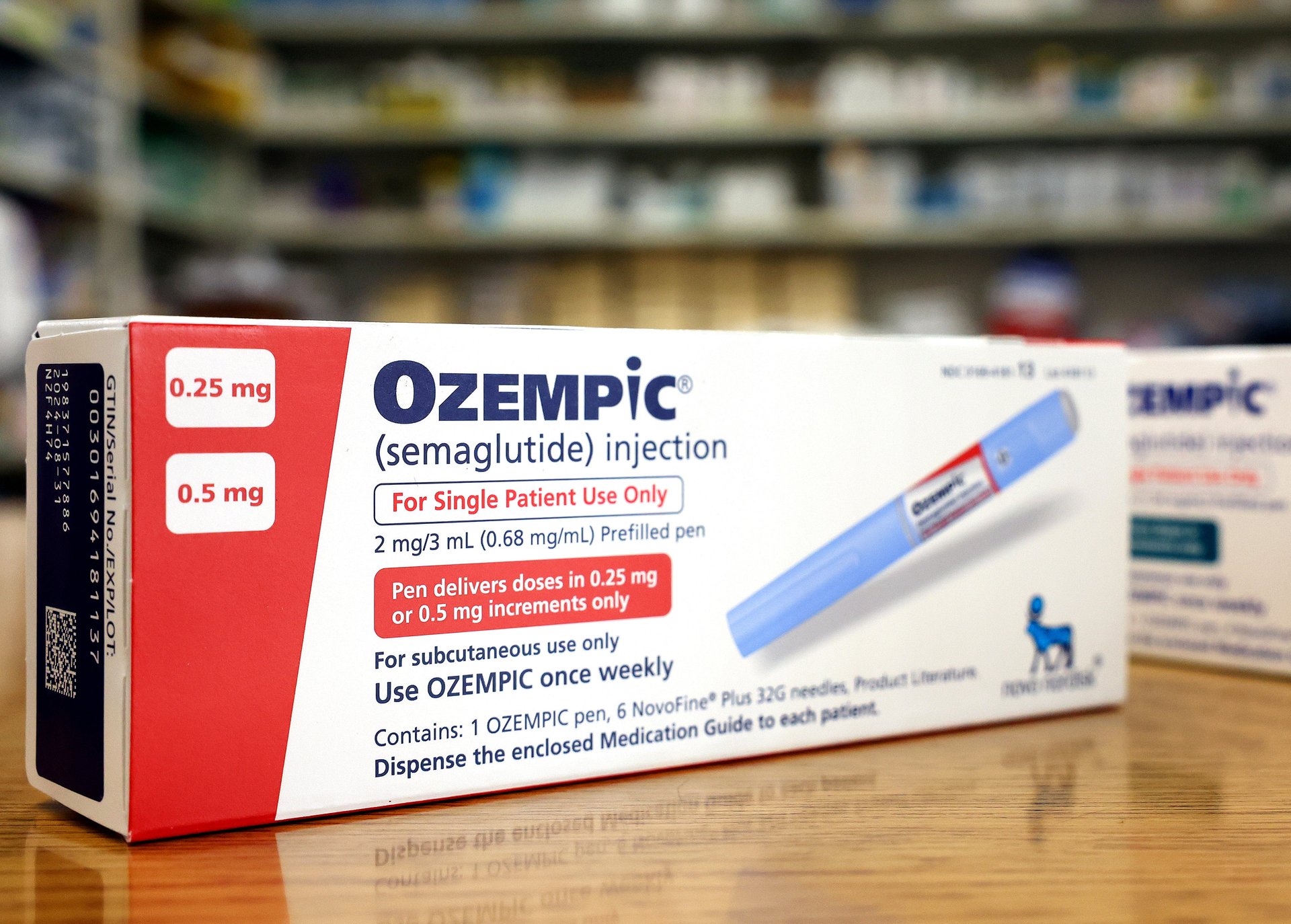More people without diabetes are using weight loss drugs like Ozempic, study says
The study's authors warn that the trend raises concerns about potential drug shortages

The share of people without diabetes who are being prescribed GLP-1 drugs is growing at the same time that new prescriptions for people with diabetes is shrinking, according to a new study published Tuesday in the Annals of Internal Medicine.
Suggested Reading
The study authors warn that this trend raises concerns about potential shortages of these treatments.
Related Content
GLP-1 drugs work by mimicking a hormone that regulates blood sugar and reduces appetite. They were initially approved to treat type 2 diabetes. But in 2021, the Food and Drug Administration approved the use of the GLP-1 treatment Wegovy for weight loss.
Since then, both Novo Nordisk and its rival Eli Lilly are struggling to produce enough GLP-1 drugs — the class of medication that Zepbound, Mounjaro, Wegovy and Ozempic belong to — to meet rising demand.
Researchers from the Cedars-Sinai Medical Center and other institutions analyzed the medical records of 45 million Americans who made at least one visit to the doctor from 2011 to 2023. The researchers found that the share of new GLP-1 users with type 2 diabetes fell from almost 90% to more than 70% from 2019 to 2023. At the same time, the proportion of new GLP-1 user without type 2 diabetes rose from 10% to to 25%.
“This data suggests that more healthcare providers are seeing the benefits of these medications for treating obesity, which is a significant public health shift,” Yee Hui Yeo, co-first author of the study, said in a statement. “However, it also raises concerns about potential medication shortages and the need to ensure that patients with diabetes still have access to these treatments.”
The study used data from the healtcare software company TriNetX, which may not be nationally representative.
In the past few years, GLP-1 drugs have become popular for their appetite suppressing side effects, and have been shown to help users lose up 26% of their body weight.
Skyrocketing sales of these drugs have transformed Eli Lilly and Novo Nordisk into the most valuable pharmaceutical companies in the world. But the high demand has also made it hard for some patients to have their prescriptions filled. Both Eli Lilly and Novo Nordisk have invested billions to ramp up their production of these medications.
Morgan Stanley analysts anticipate the global market for these drugs will reach $105 billion by 2030. The investment bank also expects the adoption of these drugs to reach about 31.5 million people in the U.S., about 9% of the population, by 2035.